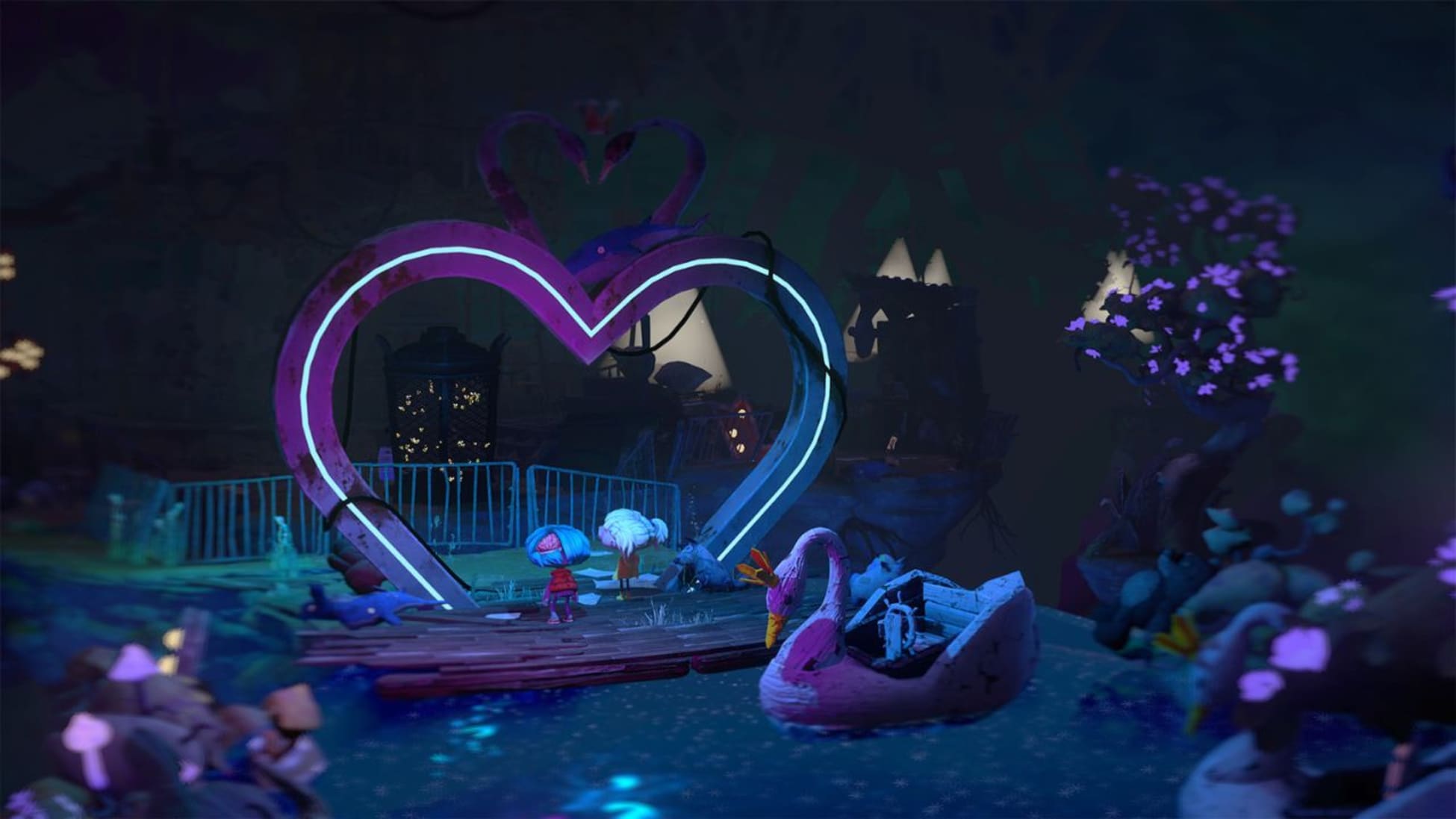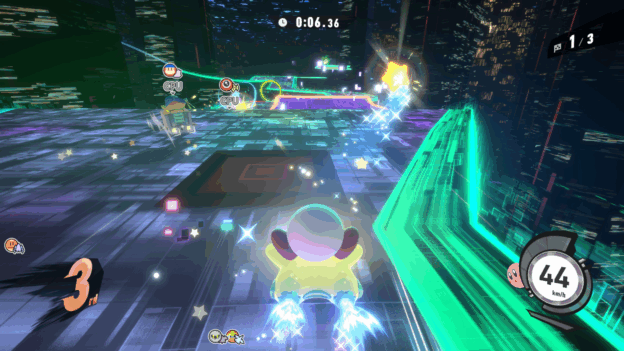Eiyuden Chronicle: Hundred Heroes Review – Review

I got 99 problems and the heroes add one.
The result of an incredibly successful Kickstarter in 2020, Eiyuden Chronicle: Hundred Heroes is a spiritual successor to RPG series Suikoden. Interestingly enough, in 2022, Konami announced that they would be releasing a remaster of the first two Suikoden games, and so we won’t have long to wait before the old that’s new again can be compared directly with a modern interpretation. Unfortunately, Hundred Heroes leans far too heavily into old genre trappings and suffers major performance issues on Switch. As a result, I’m left pinning my character-collecting hopes on the forthcoming Konami remaster.
Eiyuden Chronicle tells the story of Galdea, a world on the verge of a war between the powerful Empire and the Alliance determined to resist. Among the expansive cast is protagonist Nowa, who ends up being thrust into the leadership role as more and more people and factions end up relying on him and raising him up. As the story progresses, you’ll spend a fair bit of time recruiting others to your cause, and while it’s fun to meet new characters and learn a bit about them, the size of the cast means that basically everyone presents at merely a surface level. The character interactions lack the type of depth that make better RPGs stand out.
One of the greatest failings of Hundred Heroes is that it simply doesn’t play very well. Put simply, it’s an absolute chore of a game, and on multiple occasions I told myself I was going to just put it down altogether. The dungeon design is atrocious, with many dungeon spaces made up of circles and winding paths. It’s exacerbated by the game’s high random encounter rate, a feature that I thought we left behind in the ‘90s. You eventually recruit a character that can be added to your active party to reduce the encounter rate, but if you do that then you have to devote that support slot to mitigating an element that either shouldn’t be in the game or should come with some kind of toggle. Bravely Default had this figured out in 2014; if you have random encounters, make them optional.

Aesthetically, outside of the character designs, the world is boring and lifeless, with similar colors, objects, and patterns repeated regularly. Compounding this fact is a blurring of the top half of the screen that only allows you to see objects, landmarks, and people as you get closer to them; annoying only begins to describe constantly having to walk up to everything to determine what it is. The overworld is particularly guilty of being bland, and so it’s no small mercy when you do finally recruit a character that opens up fast travel. I’ll give credit to the music for bolstering the experience, with the town themes a high note in a game filled with sour ones.
Another of the few strong points of Eiyuden Chronicle is its combat, which allows for up to six allies in two rows of three to battle up to the same number of enemies. Certain pairs or even trios of characters can perform Hero Attacks if all participants have enough stamina points, which regenerate at a rate of one point per turn. Most abilities are powered by stamina, but you can also equip runes that bestow magic abilities across a handful of elements. What’s frustrating early on (and even late in the game to an extent) is that the MP costs of these spells are weirdly high, and so you can rarely rely on healing spells as a way of seeing you through early to mid-game encounters. Of course, seasoned RPG fans may find the overall difficulty a little bit lacking, rendering the spell cost issue moot anyways. But the enemy variety and smattering of boss fight “gimmicks” (literally) do add some much needed flavor to this Hundred Heroes dish.

An unforgivable stumbling block for Eiyuden Chronicle is how it handles a variety of its RPG mechanics. For one, a major goal of the game is to recruit dozens of characters to your fledgling alliance, and so almost every town has one or more individuals who can be persuaded to join your merry band. The problem is, the game fails to keep track of all these potential recruits and the tasks they put on your eventually crowded plate, and so when the endgame comes and the story gates off your progression until you’ve added an unknown quantity of heroes to your roster, it’s beyond frustrating to have to scour the world for allies and then try to figure out exactly how to get them to enlist.
Another issue is that the way in which equipment (and menuing in general) is handled is nothing short of laughable. Party members retain their equipment and cling to it like grim death; specifically, you can’t just remove accessories and armor from any character unless they are in your active party, which is yet another problem solved decades earlier in games like Final Fantasy VI and VII. Now multiply the cast by three or four and try swapping rings and other pieces around whenever you’re forced to carry two or three new party members on your squad for a specific story mission. This isn’t even to mention the way weapon progression works, which involves visiting a blacksmith to level up each character’s individual weapon, but again, you need to do this for every character, one level at a time, and at a prohibitively expensive cost.

As you might expect with a game about recruiting a hundred heroes, there’s also a base building mechanic, but it manages to offer about as much entertainment as a game of Monopoly where trading properties is banned. In addition to needing funds and materials to build a new addition to your castle, you also need a specific hero, and until you’ve met them in the world, they just appear as a darkened silhouette. Once you do meet them somewhere out there, I hope you remember where you did and why they didn’t join up in the first place, because your castle ain’t getting off the ground until you bring in these particular folks to spruce the place up. And while missing out on a homebase blacksmith kind of sucks, what’s worse is that you’ll fail to pick up a fair number of recruits strictly because your palace isn’t palatial enough.
If you aren’t dissuaded enough by the latter commentary on Eiyuden Chronicle’s numerous flaws, I’ve saved the most egregious for last. In short, the Switch version runs like a dumpster fire and looks like the trash inside said dumpster. I’ve lost multiple hours of progress to screen freezes and a crash to the Switch home menu, and it’s entirely possible that I’ve spent even more time than that just watching loading screens or waiting for the menus to stop hitching. The frame rate jumps all over the place, and slows significantly during the strategic war battles that are as unattractive as they are unnecessary. There’s enough of a mess here that I’m not sure a hundred patches would be enough to clean it up.
Eiyuden Chronicle: Hundred Heroes may yet find an audience with those unlucky enough to have supported the game’s Kickstarter campaign, filled with hope that they’d be getting a true successor to Suikoden. While Hundred Heroes may have aspired to such an accomplishment, there are painfully few ways it has lived up to that standard. Playing Hundred Heroes feels like a burden, and even more so when you consider the high caliber of RPGs that have already released in 2024 that it might be taking your attention away from. Any moments of joy the experience offers are immediately dashed by baffling game design choices that would feel antiquated at the turn of the century, let alone decades after that. Were I not reviewing the game I would have put it aside after a few hours and never thought about it again. Eiyuden Chronicle comes after scores and scores of excellent and successful turn-based RPGs from which it could draw inspiration. Instead, it neglects so many of the lessons learned throughout the years in favor of outdated, tedious gameplay.




